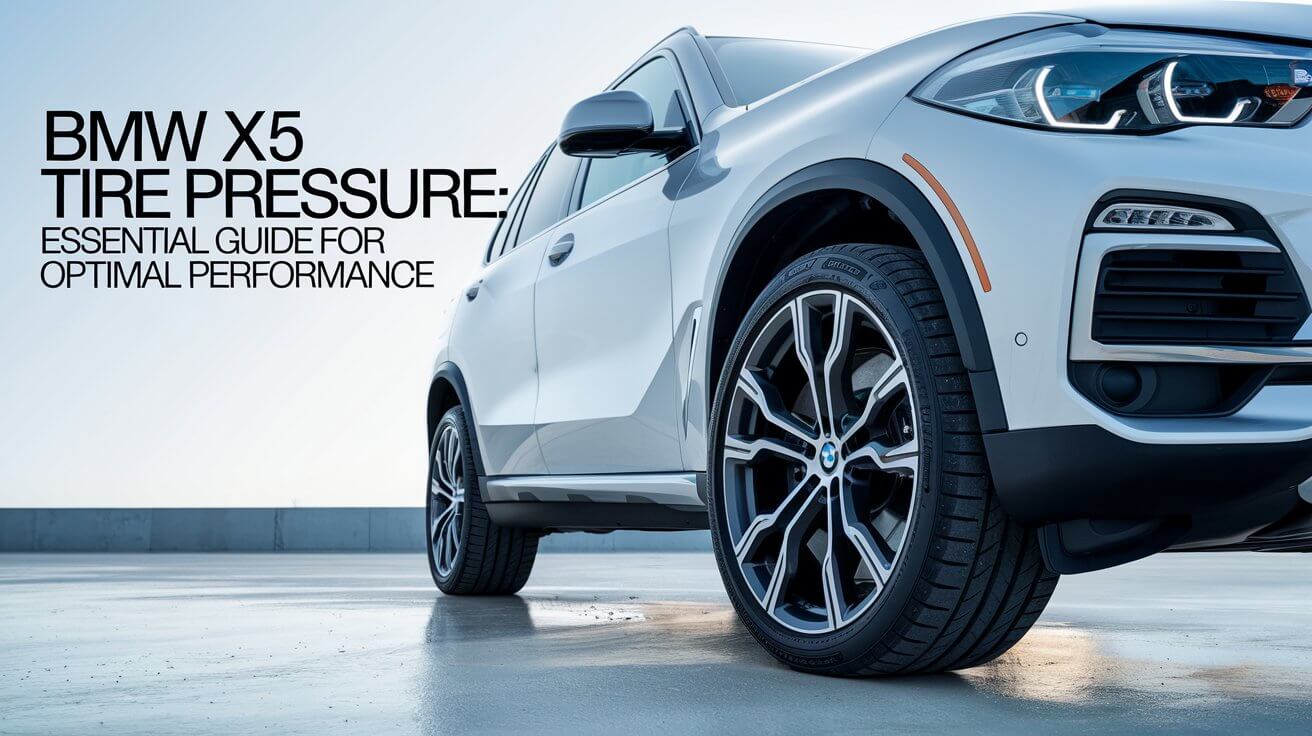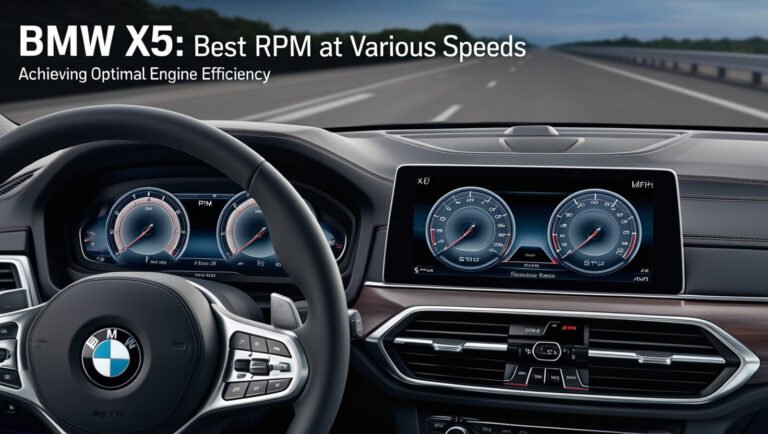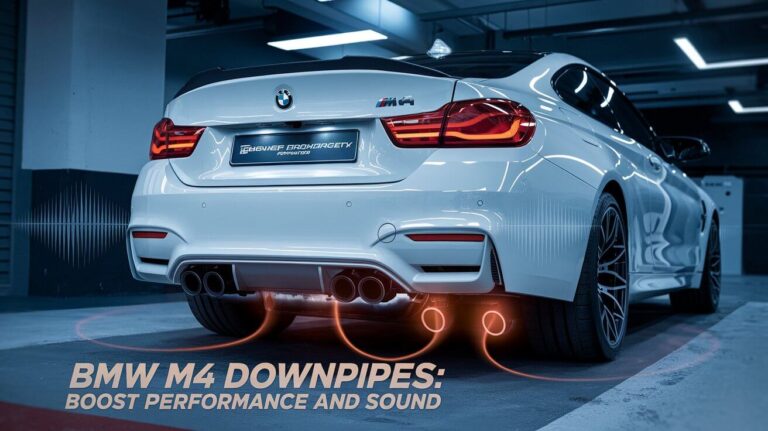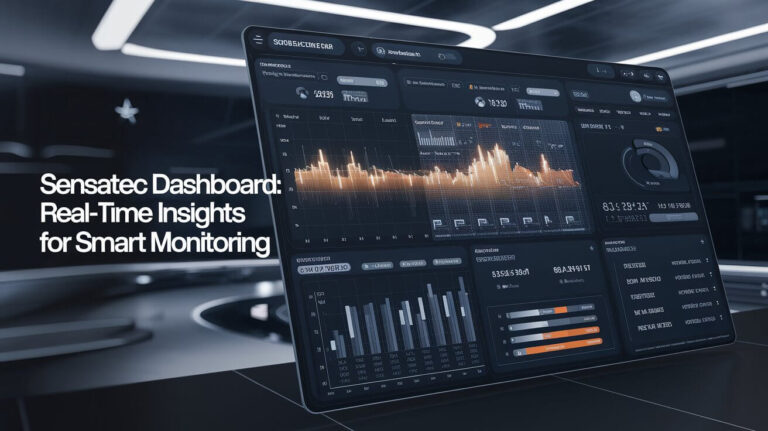
The recommended BMW X5 tire pressure is 35 PSI for front tires and 38 PSI for rear tires. This blog post covers everything you need to know about maintaining proper tire pressure in your BMW X5, from checking and adjusting pressure to troubleshooting common issues.
Recommended Tire Pressure for BMW X5
Getting the right tire pressure for your BMW X5 is crucial. It affects your vehicle’s safety, performance, and fuel efficiency.
Front Tire Pressure
For most BMW X5 models, the front tires should be inflated to 35 PSI. This pressure helps maintain optimal contact with the road, ensuring good steering response and handling.
Rear Tire Pressure
The rear tires of a BMW X5 typically require slightly higher pressure at 38 PSI. This higher pressure helps support the vehicle’s weight and improves stability, especially during cornering and braking.
Factors Affecting Recommended Pressure
Several factors can influence the ideal tire pressure for your BMW X5:
- Vehicle load
- Driving conditions
- Tire size and type
- Ambient temperature
Always check your vehicle’s manual or the driver’s side door jamb for the most accurate pressure recommendations.
Importance of Proper Tire Pressure in BMW X5
Maintaining the right tire pressure in your BMW X5 isn’t just about following rules. It has real, tangible benefits for your driving experience and your wallet.
Safety Benefits
Proper tire pressure in your BMW X5 significantly improves safety on the road. Correctly inflated tires:
- Reduce the risk of blowouts
- Improve traction and handling
- Shorten braking distances
These factors can make a crucial difference in emergency situations, keeping you and your passengers safer.
Performance Improvements
Your BMW X5 is designed for performance, and the right tire pressure helps you get the most out of your vehicle. With proper inflation:
- Steering becomes more responsive
- Handling improves, especially during cornering
- The ride feels smoother and more comfortable
You’ll notice the difference in how your X5 drives, from city streets to highways.
Fuel Efficiency Gains
Did you know that correct tire pressure can save you money at the pump? It’s true. Properly inflated tires can improve your BMW X5’s fuel efficiency by up to 3.3%.
Over time, this can lead to significant savings, especially if you frequently drive long distances.
Tire Longevity
Maintaining the right tire pressure also extends the life of your tires. Underinflated or overinflated tires wear unevenly and more quickly. By keeping your tires at the right pressure, you’ll get more miles out of them before needing replacements.
How to Check BMW X5 Tire Pressure
Checking your BMW X5’s tire pressure is a simple task that you can easily do at home. Here’s how:
Using a Tire Pressure Gauge
- Make sure your tires are cold (haven’t been driven for at least 3 hours)
- Remove the valve cap from the tire
- Press the tire gauge firmly onto the valve stem
- Read the pressure displayed on the gauge
- Compare this to the recommended pressure
- Repeat for all four tires
Remember to check your spare tire too!
BMW X5 Tire Pressure Monitoring System (TPMS)
Your BMW X5 comes equipped with a Tire Pressure Monitoring System. This system:
- Continuously monitors tire pressure
- Alerts you when pressure is too low
- Displays current pressure readings on your dashboard
While TPMS is helpful, it’s still good practice to manually check your tire pressure regularly.
Best Practices for Pressure Checks
- Check pressure at least once a month
- Always check before long trips
- Check when there are significant temperature changes
- Don’t forget to check your spare tire
Regular checks help you catch and address pressure issues early.
Adjusting BMW X5 Tire Pressure
Once you’ve checked your tire pressure, you might need to make some adjustments. Here’s how:
Adding Air to Tires
- Remove the valve cap
- Attach the air hose nozzle to the valve stem
- Add air in short bursts, checking pressure between each
- Stop when you reach the recommended pressure
- Replace the valve cap
Many gas stations offer free air pumps, or you can invest in a portable air compressor for convenience.
Releasing Excess Air
If your tires are overinflated:
- Press the small pin in the center of the valve stem
- Let out small amounts of air at a time
- Recheck the pressure frequently
- Stop when you reach the correct pressure
It’s better to release air in small amounts to avoid underinflation.
Seasonal Pressure Adjustments
Tire pressure fluctuates with temperature changes. For every 10°F change in temperature, tire pressure can change by about 1 PSI. In colder months, you might need to add a bit more air to your tires.
Common BMW X5 Tire Pressure Issues
Even with regular maintenance, you might encounter some tire pressure issues. Here are some common problems and how to address them:
Underinflation Problems
Underinflated tires can lead to:
- Increased fuel consumption
- Uneven tire wear
- Reduced handling and braking performance
- Increased risk of tire failure
If you frequently find your tires underinflated, check for slow leaks or valve stem issues.
Overinflation Concerns
Overinflated tires can cause:
- A harsher ride
- Reduced traction
- Increased vulnerability to damage from road hazards
- Uneven wear in the center of the tire tread
If your tires are often overinflated, make sure you’re not adding air when the tires are hot from driving.
Pressure Imbalance Between Tires
Uneven tire pressure across your BMW X5’s tires can lead to:
- Uneven wear
- Poor handling
- Reduced fuel efficiency
Always check and adjust the pressure in all four tires, not just one or two.
BMW X5 Tire Pressure for Different Driving Conditions
Your BMW X5 is versatile, and its tire pressure needs can change based on how and where you’re driving.
Highway Driving
For long highway trips, you might want to increase your tire pressure slightly (by 2-3 PSI) to account for the heat buildup from sustained high-speed driving. This can improve fuel efficiency and reduce the risk of tire failure.
Off-Road Adventures
If you’re taking your X5 off-road, you might need to lower your tire pressure slightly. This increases the tire’s contact patch with the ground, improving traction on loose surfaces. Just remember to reinflate your tires before getting back on paved roads.
Heavy Load Considerations
When carrying a full load of passengers or cargo, you may need to increase your tire pressure slightly. Check your owner’s manual for specific recommendations based on load.
Maintaining Optimal BMW X5 Tire Pressure
Keeping your BMW X5’s tire pressure at optimal levels requires ongoing attention. Here are some tips for long-term maintenance:
Regular Inspection Schedule
- Check tire pressure at least once a month
- Inspect tires visually for signs of wear or damage
- Rotate tires according to your BMW X5’s maintenance schedule
Regular inspections can catch potential issues before they become serious problems.
Impact of Temperature on Tire Pressure
Remember that tire pressure can change significantly with temperature fluctuations. In general:
- Pressure increases as temperature rises
- Pressure decreases as temperature falls
Be prepared to adjust your tire pressure more frequently during seasons with large temperature swings.
Addressing Slow Leaks
If you notice one tire consistently losing pressure faster than the others, you may have a slow leak. This could be due to:
- A small puncture
- A faulty valve stem
- A damaged wheel rim
If you suspect a slow leak, have your tire inspected by a professional as soon as possible.
BMW X5 Tire Pressure and Vehicle Specifications
Your BMW X5’s specific model and configuration can affect its ideal tire pressure.
Tire Sizes and Corresponding Pressures
Different tire sizes may require different pressures. Common BMW X5 tire sizes include:
- 255/55R18
- 275/40R20
- 315/35R21
Always refer to your vehicle’s manual or door jamb sticker for the correct pressure for your specific tire size.
Sport Package Considerations
If your BMW X5 has a sport package, it may come with different tires and recommended pressures. These tires are often designed for higher performance and may require higher inflation pressures.
Run-Flat Tires vs Standard Tires
Many BMW X5 models come equipped with run-flat tires. These tires:
- Can be driven on for a limited distance even when flat
- Often require higher inflation pressures than standard tires
- May have different pressure monitoring thresholds
If your X5 has run-flat tires, make sure you’re following the specific pressure recommendations for these tires.
Troubleshooting BMW X5 Tire Pressure Warnings
Your BMW X5’s tire pressure monitoring system is there to keep you safe, but sometimes it can be confusing. Here’s how to handle common warnings:
TPMS Alert Meanings
- Steady light: One or more tires are significantly underinflated
- Flashing light: There may be a malfunction in the TPMS system
- Light comes on and off: Tire pressure is borderline low
Always check your tire pressures manually when you receive a TPMS alert.
Resetting the TPMS
After inflating your tires to the correct pressure, you may need to reset your TPMS. Here’s how:
- Turn the ignition to the “on” position without starting the engine
- Press and hold the TPMS reset button until the TPMS light blinks
- Start the engine and drive for about 20 minutes to allow the system to recalibrate
The exact process may vary depending on your X5’s model year, so consult your owner’s manual for specific instructions.
When to Seek Professional Help
While many tire pressure issues can be handled at home, some situations call for professional attention:
- Frequent or unexplained loss of pressure
- TPMS warnings that persist after resetting
- Visible damage to tires or wheels
- Vibration or unusual noise while driving
Don’t hesitate to consult a BMW service center or tire professional if you’re unsure about any tire pressure issues.
BMW X5 Tire Pressure FAQs
Let’s address some common questions about BMW X5 tire pressure:
How often should I check my BMW X5’s tire pressure?
It’s best to check your tire pressure at least once a month and before any long trips.
When is the best time to check tire pressure?
Check your tire pressure when the tires are cold, meaning the car hasn’t been driven for at least three hours.
What should the tire pressure be for my BMW X5’s spare tire?
The recommended pressure for a BMW X5 spare tire is typically 60 PSI, but always check your owner’s manual to be sure.
Maintaining proper tire pressure in your BMW X5 is a simple yet crucial aspect of vehicle maintenance. It ensures optimal performance, safety, and efficiency. By following the guidelines in this post and staying attentive to your tires’ needs, you’ll enjoy a smoother, safer, and more economical driving experience in your BMW X5.






